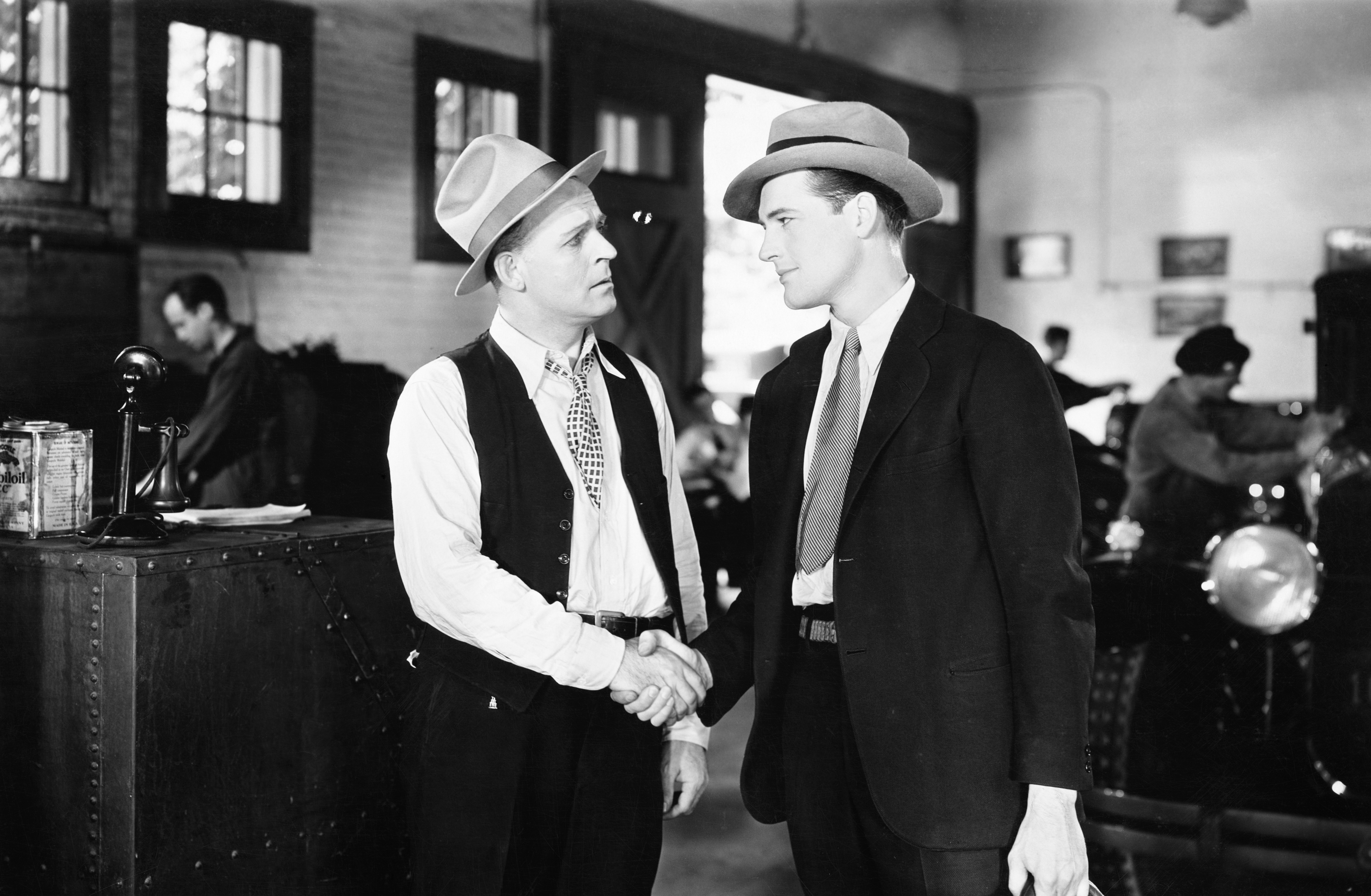The GENERAL Election 2015
Building Brands, by David Hunt
Our politicians should be expert at the governance and stewardship of the United Kingdom. I’d prefer that they excel at economic strategy rather than twitter, that they can protect the long-term future of the NHS rather than operate periscope, that they drive education standards before using Instagram. I entirely understand their use of agencies to build their brand and develop meaningful relationships across society. I don’t want marketeers in government, I want politicians.
But my God, their agencies should be sacked.
I’m not frustrated by a lack of innovation, but by the lack of appreciation for relevance and authenticity in the social world. This election has been marketed from the 1990s, but without the passion. Society today demands real interaction, authenticity and empathy. Inevitably there will be countless communication experts advising our politicians, but rather than helping them to build relationships, they’re dismissing them.
The so-called TV debates, have been nothing of the sort. A debate; a formal discussion on a particular matter in a public meeting. The country has simply been subjected to a series of sound bites that have little or no reference to the points or questions made either side. When Tony Blair was campaigning in 1997, society was largely restricted to traditional media. Budget ensured exposure and the message manufactured the image. Voters were limited by physical proximity, their discussions taking place in their location. Today we can be nationally dismayed, frustrated and lost. If politicians won’t participate in a debate, then today we can conduct one without them. The fact that they have remained oblivious to the need to be relevant and genuine demonstrates either ignorance or arrogance, but is most certainly costly. Like many others, I don’t need perfection, I don’t even need to agree with all of the policies, but I would like to participate in a democracy. In 2015, true engagement beats stone slabs every day.
“The Community is King” should be more pertinent than ever in an election. Our horizons are broader when searching for answers, our community is larger when arguing our case. Technology has ensured we no longer have to tolerate a “politician’s answer”, and that an irrelevant leader can become an irrelevance. Stage management is understandable as there is a lot at stake, but not to the point that the show should be cancelled. For the Prime Minister to ask for the country’s endorsement to tackle world leaders on critical affairs, but be unwilling to debate local opposition in a public setting, is a critical oxymoron. As a business leader, I believe David Cameron has done a good job leading the economic recovery, however his decisions to build a relationship with the majority is fundamentally flawed.
More than ever before, the United Kingdom has the opportunity to be a community, debate national politics and shape our future together. It’s just a crying shame that no one told the politicians.








